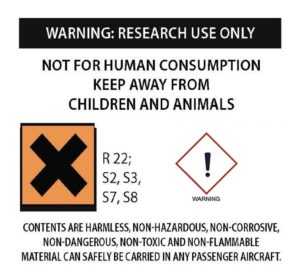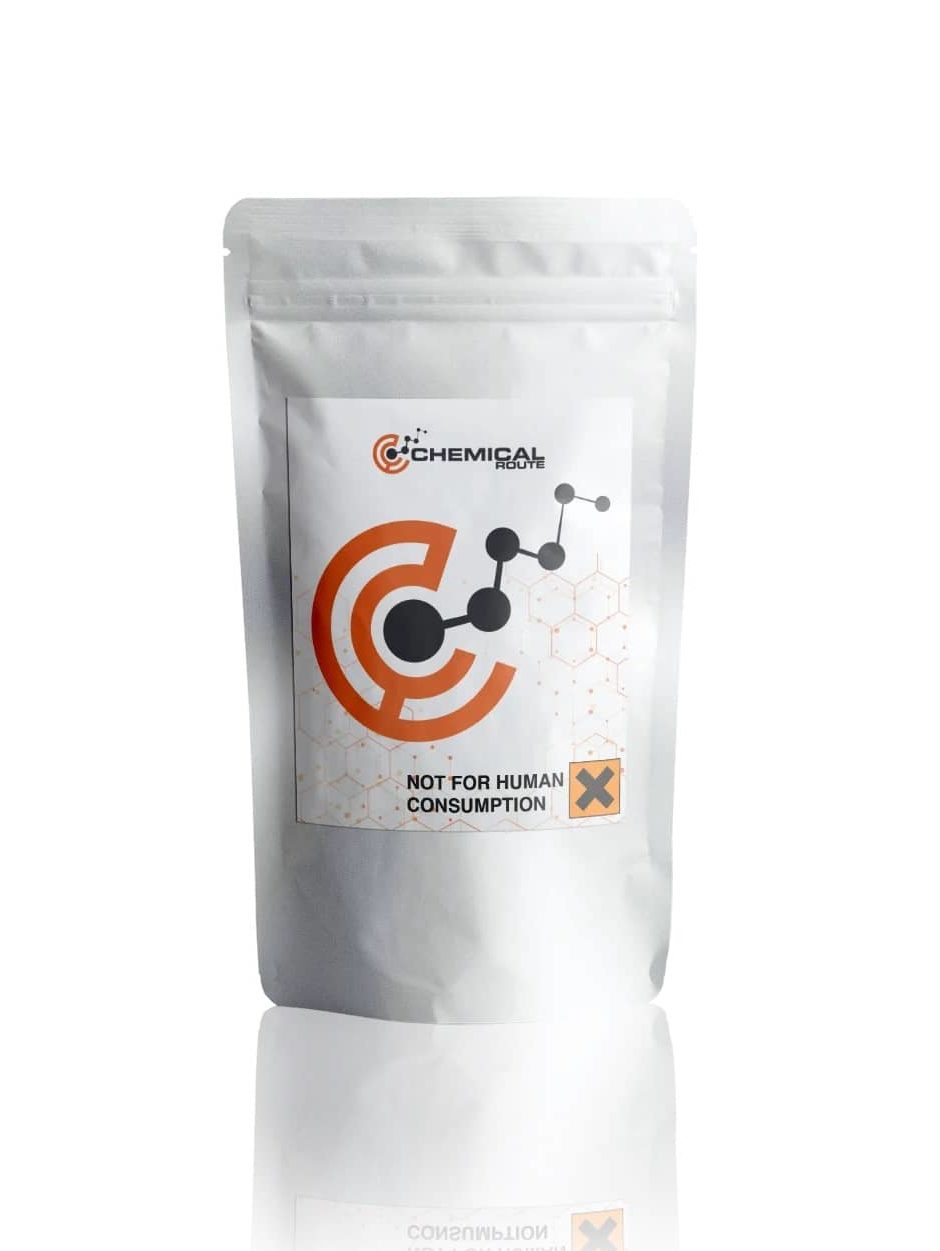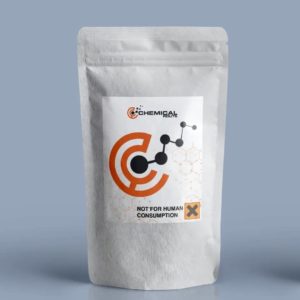Description
2C-E, 2,5-Dimethoxy-4-ethylphenethylamine
Product information
IUPAC-name 2,5-
Synonyms 2C-E, 2,5-Dimethoxy-4-ethylphenethylamine, 2C E
Formal name 2,5-
Cas number 923013-67-6
Formula C12H19NO2 • HCl
Formula Weight 245.7
Purity 99.0 % min.
Formulations A neat solid, Powder
Solubility
- DMF: 20 mg/ml
- DMSO: 20 mg/ml
- Ethanol: 30 mg/ml
- PBS (pH 7.2): 5 mg/ml
2C-E, 2,5-Dimethoxy-4-ethylphenethylamine, 2C E
The lesser-known phenethylamine 2C-E, also referred to as “Eternity” or “Aquarust,” is a member of the 2C-x family of compounds that are related to the classical mescaline. It is believed that this substance can trigger the effects of serotonin receptors in the brain by binding to them. However, the exact mechanism by which this substance can trigger these effects is not known.
In 1977, Alexander Shulgin synthesized 2C-E. It was first tested for human activity in a study conducted by Alexander Shulgin. It was first detected in 2004 in various drug seizures. Although it is mainly distributed online, it can also be found on the streets as “mescaline” or “synthetic mescaline.”
The effects of 2C-E can be described as various: time distortion, euphoria, and ego loss. According to users, this substance can also produce strong visual distortions and a significant body load. Its effects can also trigger various bodily discomforts.
Due to the lack of reliable data regarding the effects of 2C-E on human behavior, it is not possible to tell if it is safe to use. Some reports also suggest that the drug may be difficult to take safely for people who are not used to hallucinogenic substances.
In 1977, Alexander Shulgin first synthesized and tested 2C-E, which was one of the first phenethylamines to be found in humans. It was one of the many important compounds that he identified in his 1991 book PiHKAL. These compounds, which include mescaline, 2C-B, DOM, 2C-T-2, and 2C-T-7, are referred to as the magical half-dozen.
Chemistry
2C-E is a phenethylamine that is composed of a phenyl ring and an NH2 group through an ethyl chain. It belongs to the 2C family of compounds and is characterized by the presence of various methoxy groups.
Pharmacology
The effects of 2C-E are believed to be derived from its use as a partial agonist at the 5-HT2A receptor. However, the exact mechanisms by which this drug can trigger a psychedelic experience are still being studied.
The toxicological and physiological properties of this compound has not been analyzed. Usage of this Chemical should be for research and forensic purposes only.
WARNING This product is not for human or veterinary use.

This product is only available to persons of 21 years old and above.
Hazard statement(s)
| H302 | Harmful if swallowed |
| H315 | Causes skin irritation |
| H319 | Causes serious eye irritation |
| H332 | Harmful if inhaled |
| H335 | cause respiratory irritation |
| H336 | cause drowsiness or dizziness |
| Precautionary statement(s) | |
| P264 | Wash hands thoroughly after handling |
| P280 | protective gloves/protective clothing/eye protection/face protection |
| P305 + P351 + P338 | IF IN EYES: Rinse cautiously with for several minutes. Remove contact lenses, if present and easy to do. Continue rinsing. |
| P337 + P313 | If eye irritation persists: Get medical advice/attention |
| P261 | Avoid breathing dust/ fume/ gas/ mist/ vapors/ spray |
| P271 | Use only outdoors or in a well-ventilated area |
| P304 + P340 | IF INHALED: Remove victim to fresh air and keep at rest in a position comfortable for breathing |
| P312 | Call a POISON CENTER or doctor/physician if you feel unwell |
| P403 + P233 | Store in a well-ventilated place. Keep container tightly closed |
| P405 | Store locked up |
| P501 | Dispose of contents/container to a licensed disposal company |



Reviews
There are no reviews yet.